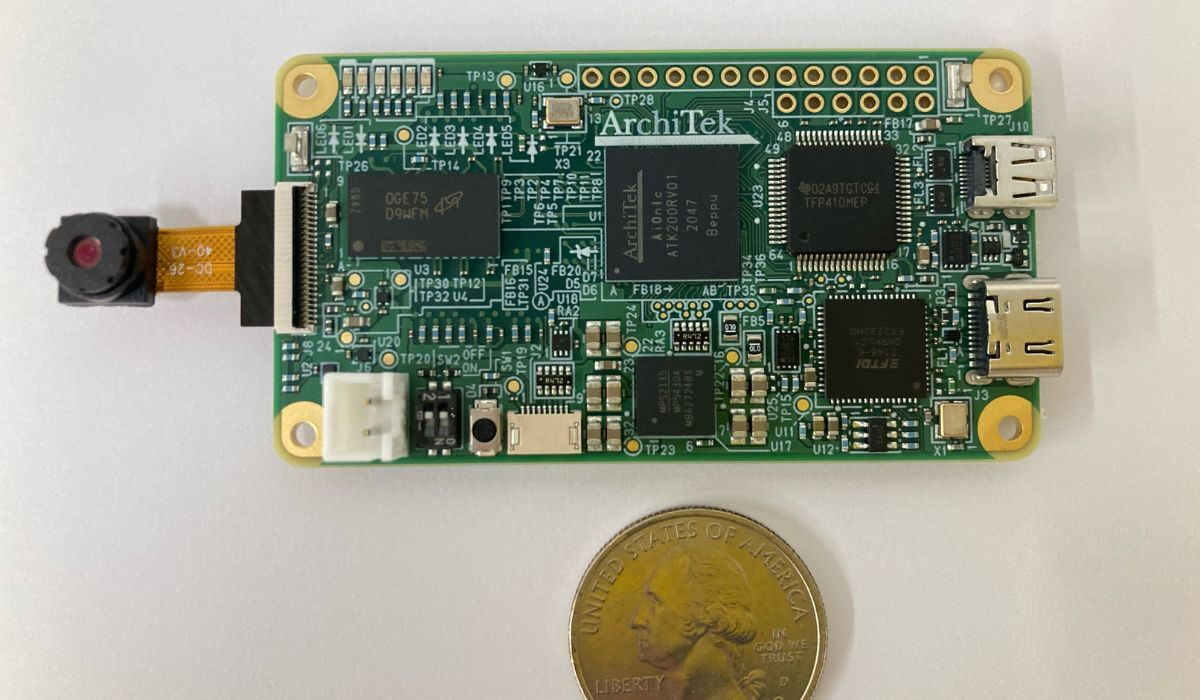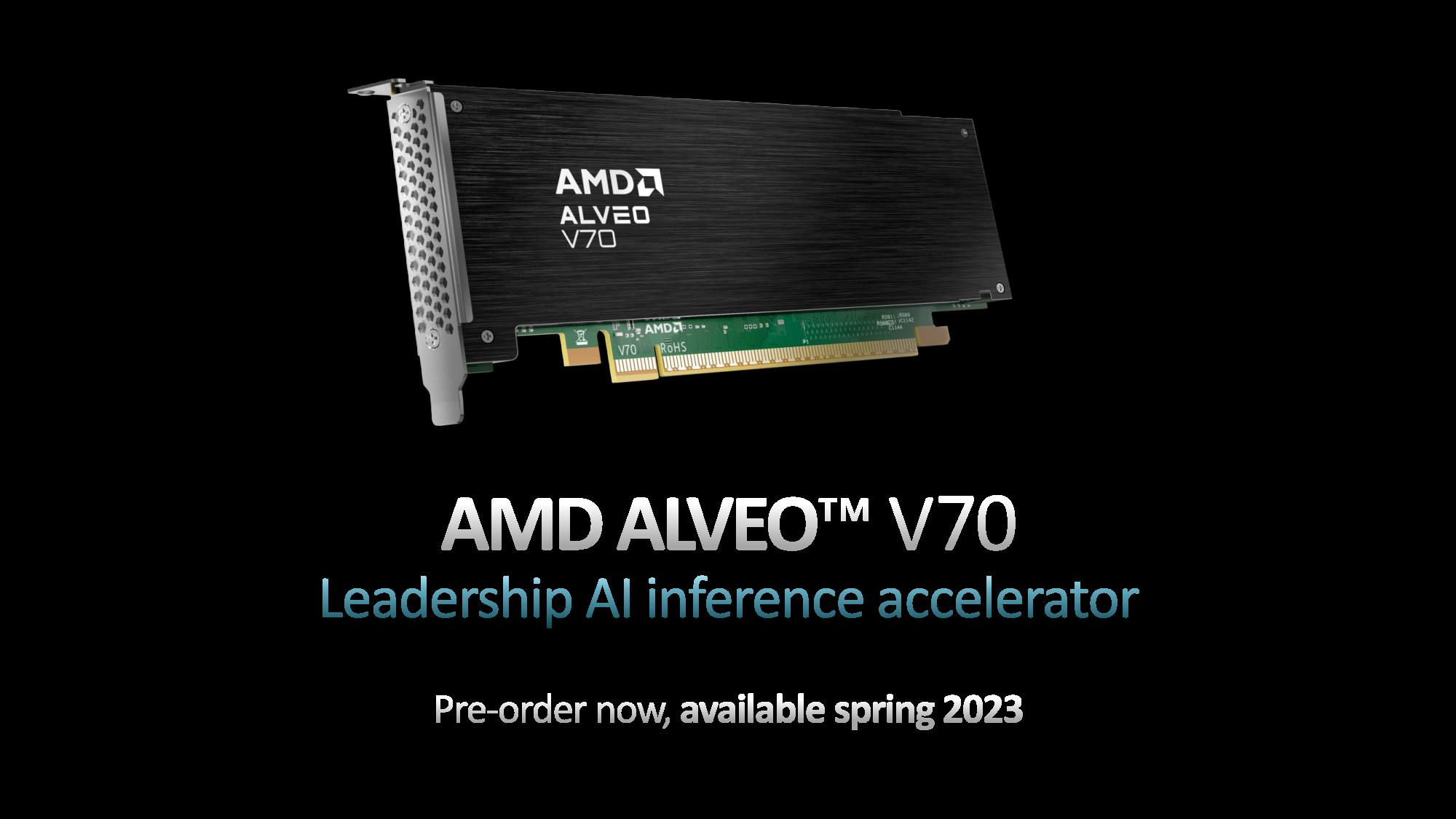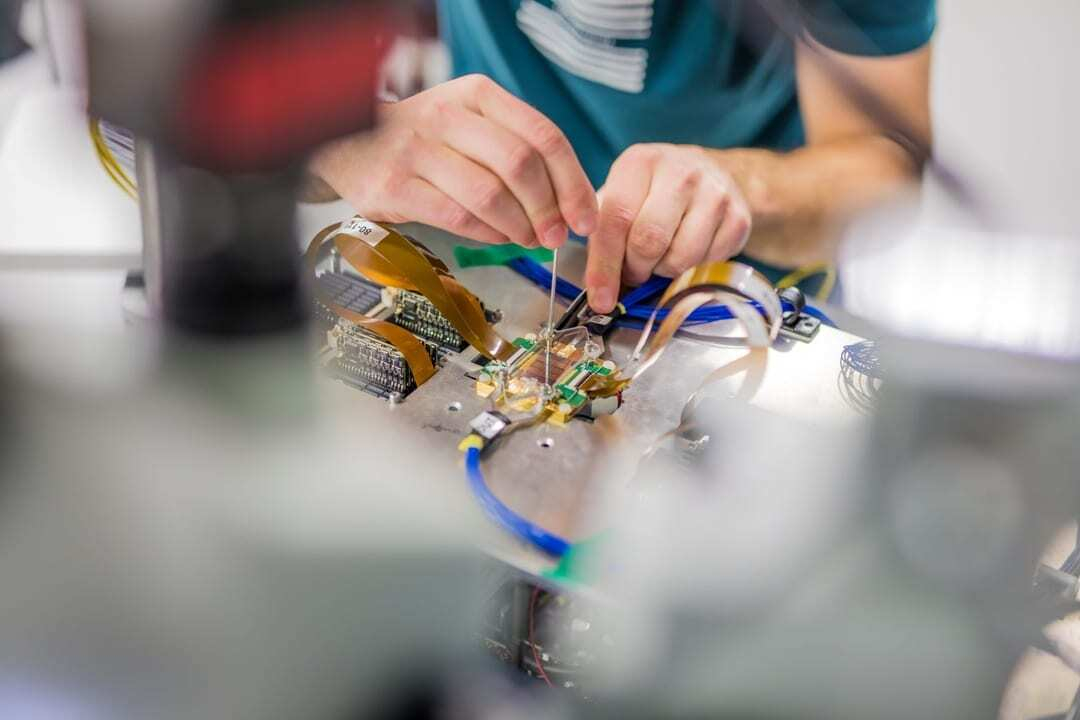Beyond CPUs: Companies Show AI Processors, Photonic Chips, and More at CES 2023
Some of the most important chips are reserved for cars, TVs and quantum computers.
For most people, the terms "processor" and "CPU" are interchangeable, and the only chips out there are the Intel and AMD chip architectures that make up our list of best CPUs. But there’s far more to chip tech than simply that.
From forthcoming quantum chips to RISC architectures and special-purpose SoCs, an array of new processors unveiled at CES last week display the breadth and depth of modern chip tech – and show that there's more to CPUs than just Team Red and Intel Inside.
AI Processors
Artificial intelligence is more than just a buzzword; AI tech is transforming the computing landscape, from appliances to software to high-performance computing devices. And chipmakers have moved to integrate AI tech directly into their processors. It’s something big chipmakers like Intel, AMD and Qualcomm talk about all the time, and it impacts products in lots of different ways.
LG, for example, touts the power of its Alpha processors to enhance the image quality in its top-of-the-line OLED televisions. These co-processors study every frame of a given video to analyze quality and – lately, thanks to the power of artificial intelligence – upscale resolution for sharper pictures, enhance tone by dynamically studying colors, and so on. The α9 AI Processor Gen6 in the company’s newest sets (also displayed at CES 2023) claims to upscale sound as well, by delivering virtual 9.1.2 surround sound from the TV’s built-in speaker system.
Other chipmakers are focused on the lucrative and exploding automotive industry, where first-to-market positioning and new ideas are crucial to cornering a given space. Recogni, a relatively new startup backed by Toyota AI Ventures, BMW i Ventures, Continental, and more, has an AI-based vision processor, for example. The 1,000 TOPs processor uses AI to process the multiple 8MP streams of video at 30fps – video that self-driving cars will need to safely navigate their surroundings. AI enables the chip to detect objects and classify them far faster than cameras alone, the company argues.
Recogni may be backed by some of the biggest names in automotive, but it’s also going up against one of the biggest names in technology: Nvidia has spent years developing chips and tech for the automotive market, first its Pegasus platform (we covered it back in 2017) and lately with Orin, an SoC capable of 254 TOPs that the company positions as basically a do-it-all for the software-defined vehicles of the future. Note the difference in compute power, however: If Recogni can really dedicate that much throughput to images alone, it should be a leap forward for cars.
Recogni will also battle Intel: The chip giant’s Mobileye unit has developed the EyeQ platform, a visual processing unit that brings the power of AI to process visual streams for autonomous driving. This is a crowded space … who will survive?
Get Tom's Hardware's best news and in-depth reviews, straight to your inbox.
But dedicated AI processors are a thing, too! ArchiTek, a Japanese startup focused on AI, showed off AiOnIc, an ultra-low power RISC microprocessor with multiple hardware fixed function accelerators and cores meant to run several AI algorithms simultaneously.

The chip runs at under 2W, and performs at over 6 TOPS, ArchiTek says; the complete package contains controllers for USB, SD cards, and so on. The company believes that such dedicated functionality will facilitate the development of mapping, obstacle detection, and more for drones, autonomous vehicles, robots, AR/VR headsets, and smart edge devices.

AMD has also gotten into the dedicated AI accelerator game with its purchase of Xilinx. The company revealed its new Alveo V70 accelerator at CES 2023, with the lower-power inference card destined to compete with the likes of Nvidia's T4. AMD also announced that it would use the same inference engine in the V70 for its laptop chips, with its new XDNA engine dedicated specifically to AI.
Photonic Processors
While quantum computing may seem as remote as Linux for everyone – sorry, Red Hat fans – researchers and chip makers are nonetheless working full steam to make this transformative technology a reality. Quix Quantum, a chipmaker based in The Netherlands, is one of them.

At CES 2023, the company demonstrated the Quix Quantum, which the company describes as “the most powerful quantum photonic processor” in the world. Photonic processors contain a series of optical waveguides made from silicon nitride that shape and guide light beams and light fields.
Within the chip, phases of light are tuned by changing the refractive index of the waveguide, sending 1s, 0s, and whatever other signals are desired. Harnessing the speed and power of light is a handy concept for all forms of computing, but its flexibility is necessary for quantum computing.

After 25 years covering the technology industry, Jeremy Kaplan is a familiar face in the media world. As Content Director for Tom's Hardware, he oversees product development and quality. He was formerly Editor in Chief of Digital Trends, where he transformed a niche publisher into one of the fastest growing properties in digital media. Before that, he spent half a decade at one of the largest news agencies in the world, and cut his teeth in magazine business, long before the birth of the iPhone. In 2019, he was named to the FOLIO: 100, which honors publishing professionals making an industry-wide impact.
-
elforeign Thank you for this write-up. A lot of this goes over my head, but definitely excited for the up and coming tech such as photonic chips. Another one I found interesting is the EyeQ solutions from Intel. A few years ago I had a Yuneec Drone that had Intel's camera and chip for object detection and collision avoidance. It worked really well. Drones seem to have cooled off a bit as a market, but I am hopeful to get another in the future when support is more stable for the drones and the battery tech allows for more than 20 minutes flight time on 1 battery.Reply